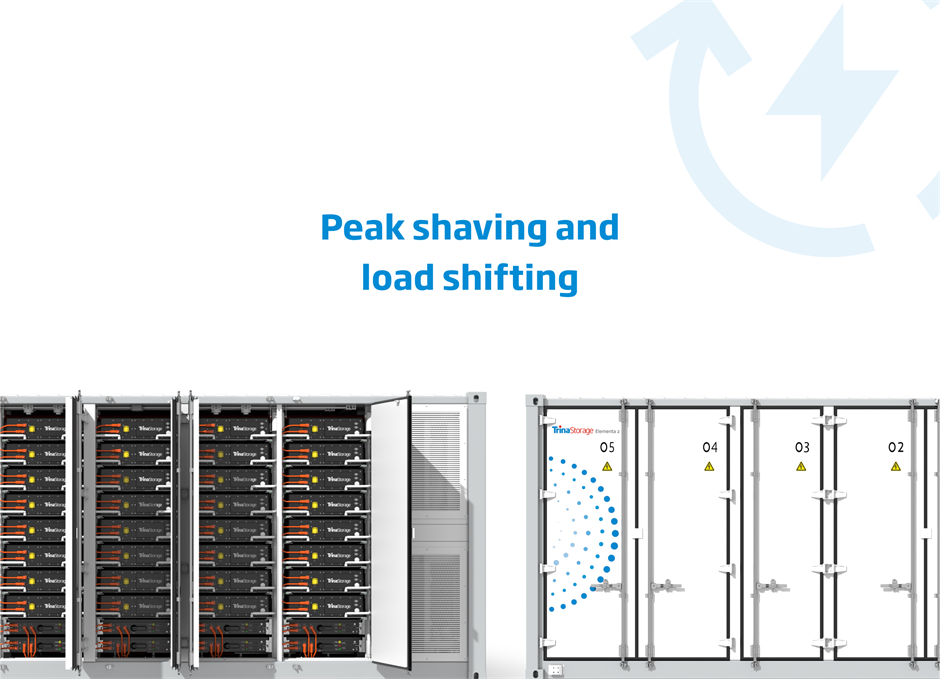Trends Shaping the Future of Long-Duration Energy Storage (LDES)
- 24/11/20
- Energy Storage
Long-duration energy storage (LDES) technologies, designed to store energy from intermittent renewable sources for extended periods, are becoming essential for ensuring energy availability, especially during peak demand periods. As energy generation continues to shift away from fossil fuels towards renewables, the ability to balance supply and demand over time becomes increasingly critical.
Understanding Long-Duration Energy Storage (LDES)
Long-duration energy storage (LDES) refers to the energy storage systems that are capable of discharging energy over extended periods, typically for hours, and in some cases, even days, weeks or months. Unlike conventional short-duration storage, which is often used for fast, high-frequency balancing of the grid, LDES is designed to provide sustained energy output over long durations.
Here are the main types of LDES technologies.
Batteries
Advanced battery chemistries, like lithium-iron-phosphate (LFP) and flow batteries, are capable of discharging energy over several hours, supporting applications from daily cycling to seasonal storage. The most popular used in LDES.
Hydrogen
Excess electricity from renewables can be converted into hydrogen via electrolysis, stored, and later used to generate electricity or fuel when needed. This method allows for large-scale, long-duration energy storage over months.
Pumped hydro storage
Water is pumped to a higher elevation when excess power is available and then released through turbines to generate electricity when demand is high. While geographically limited, pumped hydro is one of the most established LDES technologies.
Thermal Storage
This involves storing energy in the form of heat, which can later be converted back into electricity or used directly in heating applications. Thermal storage is versatile and can provide energy over extended periods.
Market trends driving LDES adoption
Increasing renewable installations, grid resilience demands, decreasing costs, and supportive policies together create a strong foundation for the widespread adoption of long-duration energy storage technologies.
Increasing renewable energy integration
With the rise in solar and wind power generation, energy storage systems must support longer durations to effectively capture and deliver energy when needed. This trend is particularly important because renewable sources are intermittent by nature, and LDES systems can bridge the gap between energy production and demand, ensuring a stable and reliable power supply.

The need for grid resilience and flexibility
Grid operators are increasingly focused on maintaining reliability as energy sources become more variable. LDES systems play a crucial role in this context by providing essential services for managing peak demand and mitigating the impact of outages. These systems can store large amounts of energy for extended periods, allowing grid operators to respond more effectively to sudden changes in supply or demand.
Declining costs of energy storage technologies
Technological advancements and economies of scale are significantly reducing the expenses associated with long-duration storage technologies. As these systems become more cost-effective, they become increasingly attractive to utilities, businesses, and governments looking to enhance their energy infrastructure.
Supportive policies and incentives
Government policies and incentives play a crucial role in promoting the adoption of LDES technologies. Many key markets have implemented supportive measures to encourage the deployment of advanced energy storage solutions. These policies help lower barriers to entry and create a more favorable environment for investment in LDES projects. Examples of such measures include tax incentives, grants, and regulatory frameworks that recognize the value of long-duration storage in grid stability and renewable energy integration.
The major LDES market overview
US & Australia leading markets
The United States and Australia are currently at the forefront of the long-duration energy storage (LDES) market, with 4-6 hour duration systems being the most common. These markets have recently seen significant growth due to increased grid flexibility needs and renewable integration.

In the US, the energy storage market is expected to grow by 45% in 2024, following a 100% growth from 2022 to 2023. This robust growth is supported by falling module costs and tax incentives provided by the Inflation Reduction Act. Grid-scale storage dominates the US market, with ERCOT (Texas) and CAISO (California) accounting for nearly half of all grid-scale installations over the next five years.
Australia has also been a pioneer in LDES deployment, with several large-scale projects already operational or in development. The country's focus on renewable energy integration and grid stability has made it a fertile ground for LDES technologies.
UK market focus on shorter duration
In contrast to the leading markets, the UK market is currently more focused on shorter 2-hour duration systems. This difference can be attributed to the specific needs of the UK grid and the historical development of its energy storage market where shorter durations are used for services like grid stabilization and frequency regulation. However, there is growing recognition of the need for longer-duration storage in the UK to support the transition to a low-carbon energy system.
Applications of LDES on the grid network
Peak shaving and load shifting
One of the most valuable applications of LDES is peak shaving and load shifting. These systems can be used to reduce the amount of grid energy consumed during peak demand periods. By discharging stored energy during times of high demand, LDES helps lower demand charges for consumers and optimizes overall energy use. This application not only benefits end-users financially but also contributes to a more balanced and efficient grid operation.

Transmission and distribution deferral
LDES offers a cost-effective alternative to expensive upgrades in transmission and distribution infrastructure. Utilities can use LDES to manage demand and supply more effectively during peak loads, potentially deferring or even eliminating the need for costly capacity expansions. This approach helps utilities optimize investments and improve grid efficiency while maintaining reliability.
Ancillary services
LDES systems like BESS are capable of providing essential ancillary services to the grid, including frequency regulation and voltage support. These services are critical for maintaining grid stability, especially as the energy mix becomes more diverse and variable. By offering these ancillary services, LDES supports the smooth operation of the electrical grid and facilitates the integration of more variable energy sources.
Conclusion
At Trina Storage, we are dedicated to driving innovation in long-duration energy storage solutions that empower utility-scale customers to enhance grid resilience, integrate renewables, and optimize operational efficiency.
With expertise in advanced battery technologies, we deliver flexible, sustainable LDES solutions that support peak shaving, load shifting and transmission deferral. Our ongoing advancements, including high-capacity cells and our next-generation storage systems, are part of our commitment to supporting longer-duration storage and versatile applications – enabling a stable energy future as demand for clean, reliable power grows globally.
For more detailed insights and to explore our market-leading energy storage solutions, please contact our team at Trina Storage.
Relevant Topics
Smart Energy Solutions
delivered straight to your inbox

